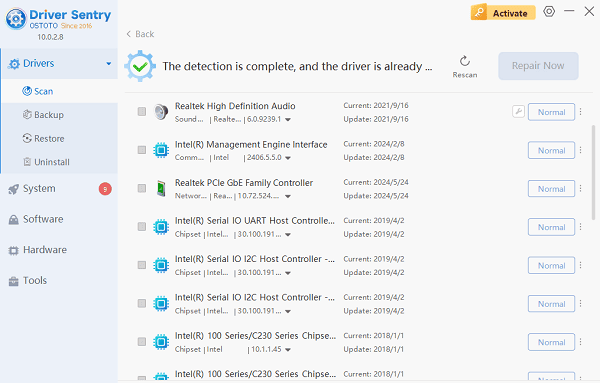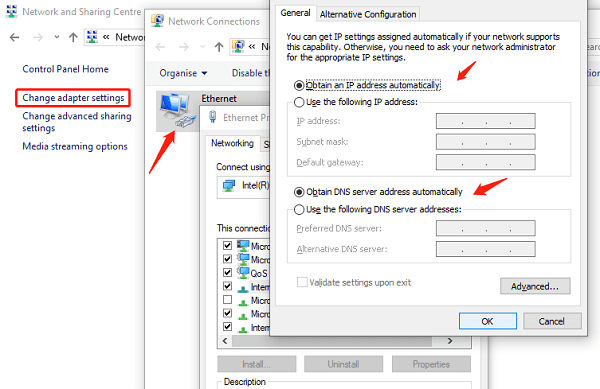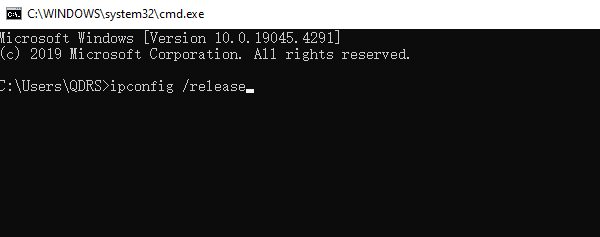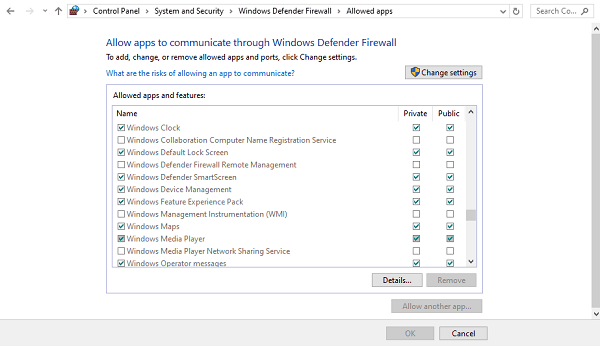
When you encounter network connection issues while using a computer, it typically means you need to check and resolve the network malfunction. This article will introduce 5 common solutions and provide specific steps to help you restore your network connection as soon as possible.
1. Check physical connections
Before starting any complex troubleshooting, the most basic physical connections should be checked for any issues. Sometimes, a simple loose circuit or power outage can cause network interruptions.
If using a wireless network, please ensure that the wireless adapter is not disabled.
Check if the power supply of the router and modem is working properly.
Try restarting the router and modem, wait a few minutes, and then try connecting again.
2. Update network card driver
Outdated network card drivers may also cause unstable or completely disconnected network connections. To ensure that your network adapter driver is at the latest version, you can use Driver Sentry to update the network card driver with just one click, saving you tedious steps.
Visit the official website of Driver Sentry to download the latest version of the software and receive installation prompts to complete the installation process.

Open Driver Sentry, enter the "Drivers" interface, and click "Scan".
Look for any issues with the network card drivers in the scanned results, and if found, select the "upgrade" option.
After waiting for the update to complete, restart the computer for the new network card driver to take effect properly.
3. Check network settings
If there are no issues with the driver update, then the next step is to check if the network settings on the computer are correct. Incorrect network configuration may result in inability to connect.
Open "control Panel">"Network and Internet">"Network and Sharing Center", and select "Change Adapter Settings" from the left menu.
Right click on the problematic network connection, such as Ethernet or Wi-Fi, and select the "Properties" tab.

Find "Internet Protocol Version 4 (TCP/IPv4)" under the "Network" tab and double-click.
Select "Automatically obtain IP address" and "Automatically obtain DNS server address", and then click "OK".
4. Reset network settings
Sometimes, resetting network settings can solve problems caused by software conflicts or configuration errors.
Type "Command Prompt" in the search bar of your computer and right click on "Run as administrator".
Enter the following command and press Enter to execute:
ipconfig /release
ipconfig /flushdns
ipconfig /renew

After closing the command prompt window, restart the computer.
5. Check firewall settings
Firewalls sometimes prevent some applications from accessing the Internet, which may also affect your network connection.

Open "Control Panel">"System and Security">"Windows Defender Firewall", select "Allow apps to pass through the firewall".
Check if any applications have been incorrectly blocked and make appropriate adjustments.
By following these steps, you should be able to effectively solve the problem of computer network disconnection. If the problem persists, seek professional technical support. Regularly update computer drivers to maintain optimal performance.
See also:
Fixing Mouse Issues After System Reinstallation
How to Fix Windows 11 Cannot Find Output Device